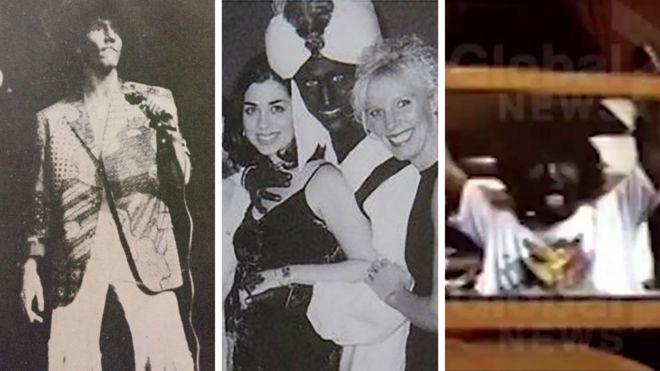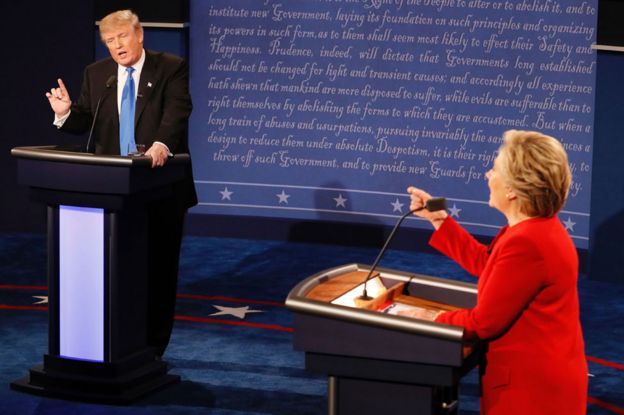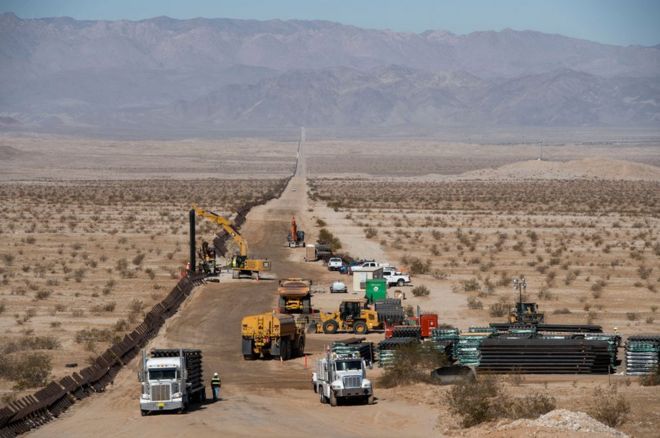

First, the SNC Lavalin scandal, attempted cover-up with lies, and now this...The photos keep popping up of Trudeau in black-face. Mr. Innocent, blue-eyed, smiley, selfie-face.
It is almost too obvious now to point out the rank hypocrisy of the Trudeau brand: one that has zero tolerance for inappropriate touching, except for his own; one that preaches respect for Indigenous Canadians, but won't even give them clean water to drink. And one who has spent his entire political existence proselytizing about tolerance, inclusivity, sensitivity and acceptance, all the while knowing — and hiding — a past that includes multiple instances of dressing up in blackface.
Liberal Leader Justin Trudeau made one good point while delivering his apology Wednesday, after Time magazine published a 2001 photo of him wearing brownface as a 29-year-old teacher at an Arabian Nights-themed school party.
"If everyone who is going to be standing for office needs to demonstrate they've been perfect every step of their lives," Trudeau said, "there is going to be a shortage of people running for office."
Putting aside the enormous chasm between being "perfect" and wearing blackface three times, Trudeau makes a valid point about the need for a political machine that makes allowances for human flaws. If we don't allow people to grow and change, we end up with slates of sanitized candidates who planned their political careers from birth and wore suits to middle school. Bland, antiseptic, cardboard characters. How could we relate to them??
But Trudeau's argument would carry more weight had his war room not spent the week prior furiously digging up reasons why his opponents should be disqualified — reasons that include what they once said, once advocated for, or with whom they previously associated.
None of those claims were close to as bad as a grown man wearing blackface on multiple occasions. Had Trudeau been a regular, lower positioned candidate for office, of any party, including the Liberals, he'd have been closing up his campaign office by now.
Earlier this year, the United States was grappling with a political blackface scandal of its own: Virginia Gov. Ralph Northam was accused of wearing blackface in a 1984 yearbook photo.
That was the perfect time, if ever, for Trudeau to own up to his actions, instead of being cornered into acknowledging them, as he has been now.
Knowing what we know now, if you imagine Trudeau wearing black makeup and singing Day O while accusing Conservative Leader Andrew Scheer of refusing to take racism seriously, the attack loses its potency.

Each Canadian will decide for themselves whether Trudeau's actions warrant forgiveness.
But at the same time, for those familiar with the ways the karma gods of politics operate, they are not so surprising, particularly considering the cracks occurring all over the Trudeau brand.
The most sanctimonious of leaders are so often the sinners. And Justin Trudeau is a perfect example: a self-appointed moral steward in a turban and dark makeup.
When you run on sanctimony, govern on arrogance and expect perfection, you find yourself in an awful quandary when you fall short of your own standards.
Trudeau truly has done some important, progressive things for Canada: from opening the door to those fleeing violence and persecution, to putting climate at the forefront of our national agenda But from now on, Trudeau will never be able to separate his record from a few photos of him participating in a racist, ignorant, foolish act.
Maybe that's unfair but, after all, he made the rules.




